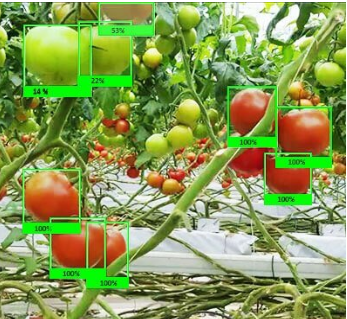Ikeja, Lagos, Nigeria

Want to improve your data annotation quality and efficiency? Learn 7 expert best practices that can help you label data accurately, avoid common mistakes, and speed up your workflow.
-
Data annotation best practices
-
Improve annotation accuracy
-
Data labelling tips
-
Avoid annotation mistakes
-
Annotation workflow efficiency
In machine learning, the quality of your model is only as good as the data it’s trained on. And annotated data? That’s the foundation. Whether you’re labelling images, audio, text, or video, mastering the art of data annotation is non-negotiable if you want to build high-performing AI systems.
This guide will walk you through the top 7 best practices for accurate, efficient, and consistent data annotation—plus how to avoid the most common (and costly) mistakes.
1. Understand the Task Completely
Before you begin, get clarity on the task objectives, label definitions, and edge case handling. Don’t assume, ask. Misunderstanding the task is a common cause of poor data quality. Ask:
- What’s the purpose of this annotation?
- Are label definitions clearly outlined?
- What are the instructions for edge cases?
Pro Tip: Keep a personal reference document for every project with key guidelines and examples.
2. Learn Your Tools Inside-Out
Annotation speed and precision depend heavily on how well you know your tools. Whether you’re using CVAT, Label Studio, or V7, make sure you:
- Master keyboard shortcuts
- Use zoom and pan for precision
- Customise your workspace
Many platforms also offer features like smart labelling and auto-saving. Use them wisely.
3. Zoom In for Pixel-Level Accuracy
Overlapping objects? Small details? Always zoom in. Rough annotations confuse AI models and reduce dataset reliability. The closer your labels reflect reality, the better your model will perform.
4. Consistency is Everything
Inconsistent labelling ruins training data. If you label a bicycle one way in one image and a different way in another, the AI model won’t know what to learn.
Create or follow a labelling style guide, and use the same logic every time, especially across similar examples.
5. Avoid These Annotation Mistakes
Even experienced annotators trip up. Watch out for these:
- Over-labelling: Adding irrelevant tags
- Under-labelling: Skipping relevant objects
- Misclassification: Applying the wrong label
- Loose/tight boundaries: Drawing poor boxes or masks
- Ignoring edge cases: Failing to flag tricky or rare examples
6. Review Before You Submit
Take breaks, then double-check your work. Review complex or uncertain images, and scan for inconsistencies. A few minutes of review can save hours of corrections.
7. Keep Improving Through Feedback
Great annotation is a skill that evolves. Ask for reviews, join data labelling communities, and study annotated examples from top performers. Feedback isn’t criticism—it’s your path to mastery.
Conclusion: Think Like a Teacher
Annotation is more than tagging; it’s teaching machines how to understand the world. Every box you draw and every tag you apply should be intentional, consistent, and high-quality.
By following these best practices, you’ll not only increase your efficiency and accuracy but also contribute to building smarter, more reliable AI systems. Ready to level up? Bookmark this guide, share it with your team, and start applying these techniques in your next annotation project.
